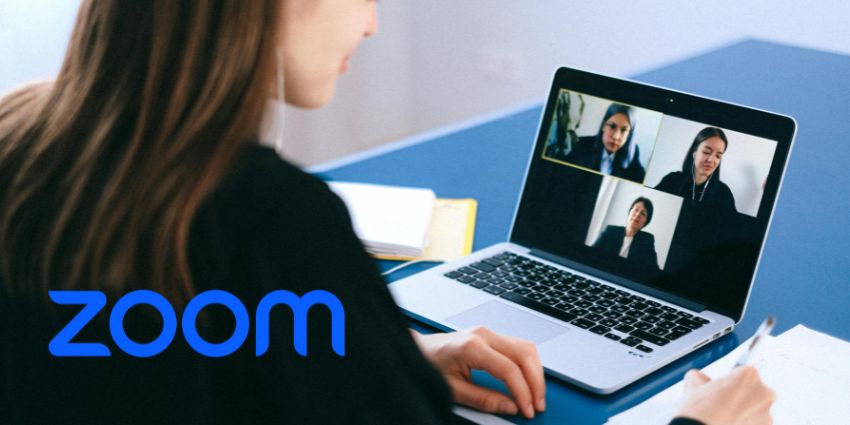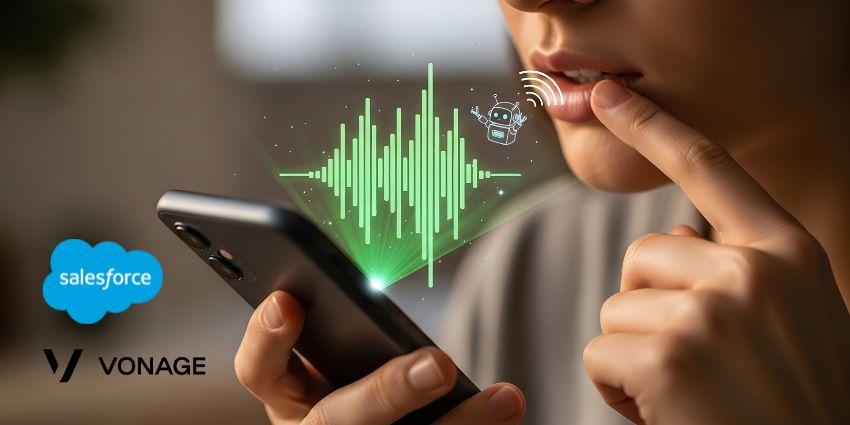Zoom has introduced Realtime Media Streams (RTMS), a new capability that enables organisations and developers to access live audio, video, and transcript data from Zoom Meetings in real time.
Delivered over WebSocket, RTMS is positioned to help IT leaders accelerate the adoption of AI-enabled tools, streamline workflows, and integrate rich communications data into core enterprise platforms.
“These innovations reflect our ongoing commitment to equip developers with the tools they need to build the future of work, communication, and collaboration,” said Arun Janakiraman, Group Product Manager of Apps at Zoom.
With RTMS, we’re making it easier than ever for customers to gain real-time access to their most critical conversations, all while keeping privacy, performance, and user trust at the core.”
With the increasing demand for intelligent, real-time applications in areas such as compliance monitoring, sales enablement, and healthcare automation, RTMS may address a long-standing gap: how to access high-fidelity meeting content without relying on post-processing or resource-intensive bots.
By converting live meeting content into structured, per-participant media streams, we could see a foundation for smarter, faster, and more responsive enterprise systems.
A Foundation for AI-Driven Workflows
RTMS is designed to help IT and engineering teams reduce the complexity of extracting real-time data from video calls and integrate that data directly into business systems.
The ability to stream rich media content live – rather than capture it retrospectively – enables a range of applications that benefit from low-latency analysis and automation:
- Compliance and Regulated Environments: For financial services and other regulated sectors, RTMS enables real-time capture of conversations, helping compliance teams monitor for violations as they happen. This could allow organisations to generate audit-ready records on demand and support proactive risk detection.
- Sales and Customer Engagement: Sales and success teams can use RTMS to feed live call data into CRMs, sentiment analysis tools, or AI-powered coaching platforms – which could eliminate the need for manual note-taking, enabling faster follow-ups and more responsive engagement during calls.
- Healthcare and Virtual Care: In telemedicine environments, RTMS supports real-time transcription and clinical documentation, feeding into EHR systems and reducing the administrative burden on clinicians. This could allow providers to focus on patient care while ensuring compliance and record accuracy.
Developer-Centric Architecture
RTMS is accessible through the Zoom Developer Pack, a flexible, credit-based add-on designed to give organisations modular access to advanced capabilities.
The system is built with enterprise-grade security, offering granular access controls to ensure privacy and compliance. By using WebSocket connections rather than bot-based integrations, RTMS also minimises infrastructure overhead, latency, and maintenance requirements.
Zoom’s move aligns with broader trends in enterprise IT, where organisations are increasingly embedding collaboration data into real-time decision-making and automation frameworks.
Rather than treating video conferencing as a standalone system, RTMS enables developers to treat live meetings as structured data sources – bringing collaboration platforms closer to the operational fabric of the enterprise.
From Meeting Tool to Data Platform?
As organisations continue to invest in AI-driven productivity tools, RTMS may represent a key enabler for platforms seeking to build contextual, real-time intelligence into their applications.
Whether it’s flagging risk in a financial advisory call, generating summaries after a sales demo, or auto-updating a patient’s health record during a virtual consultation, the ability to access and act on conversation data as it happens is fast becoming a baseline requirement.
With RTMS, we may be seeing an evolution of Zoom from a meeting room into a real-time data platform supporting a new class of enterprise applications where communication isn’t just recorded, but operationalised.







